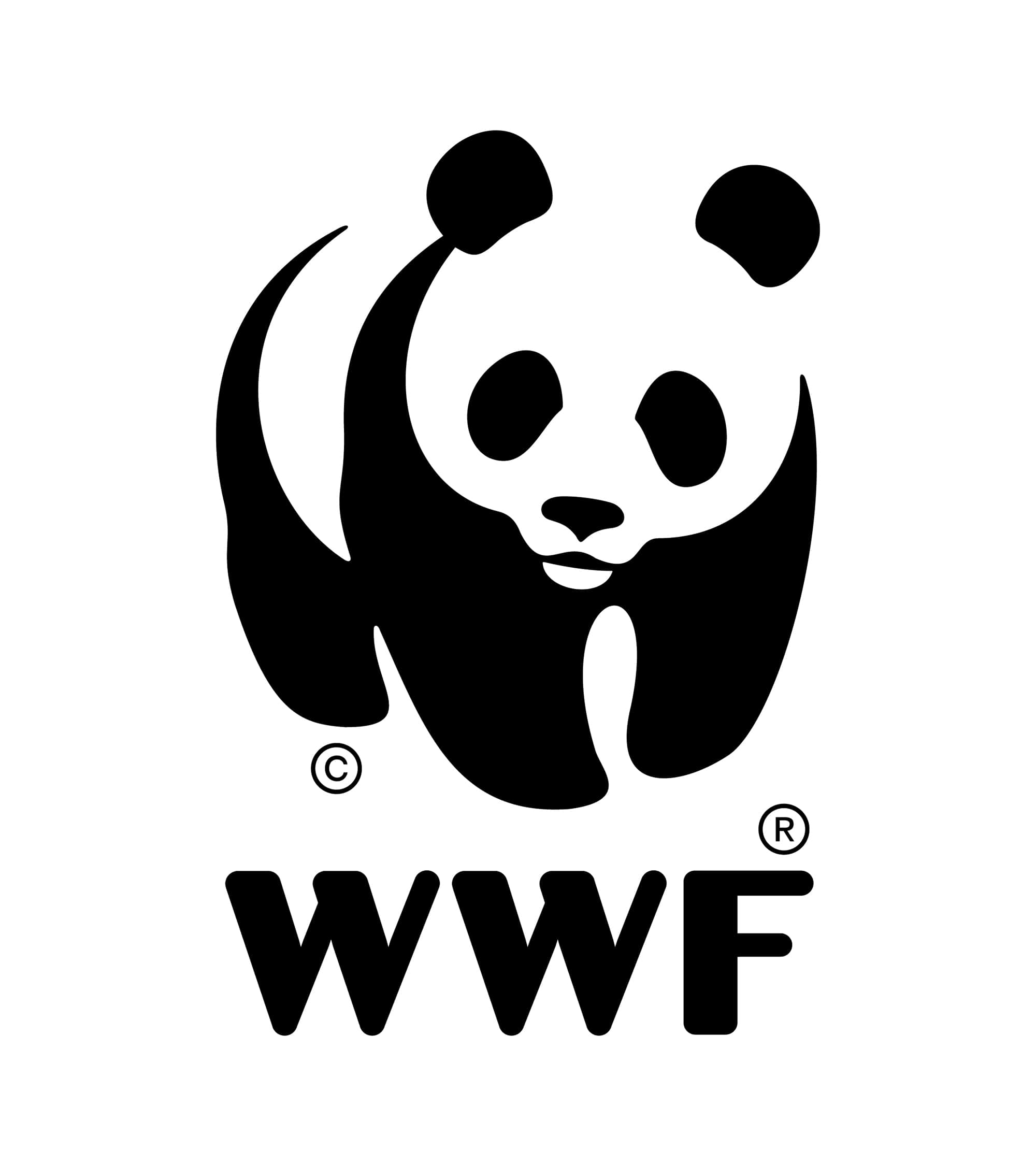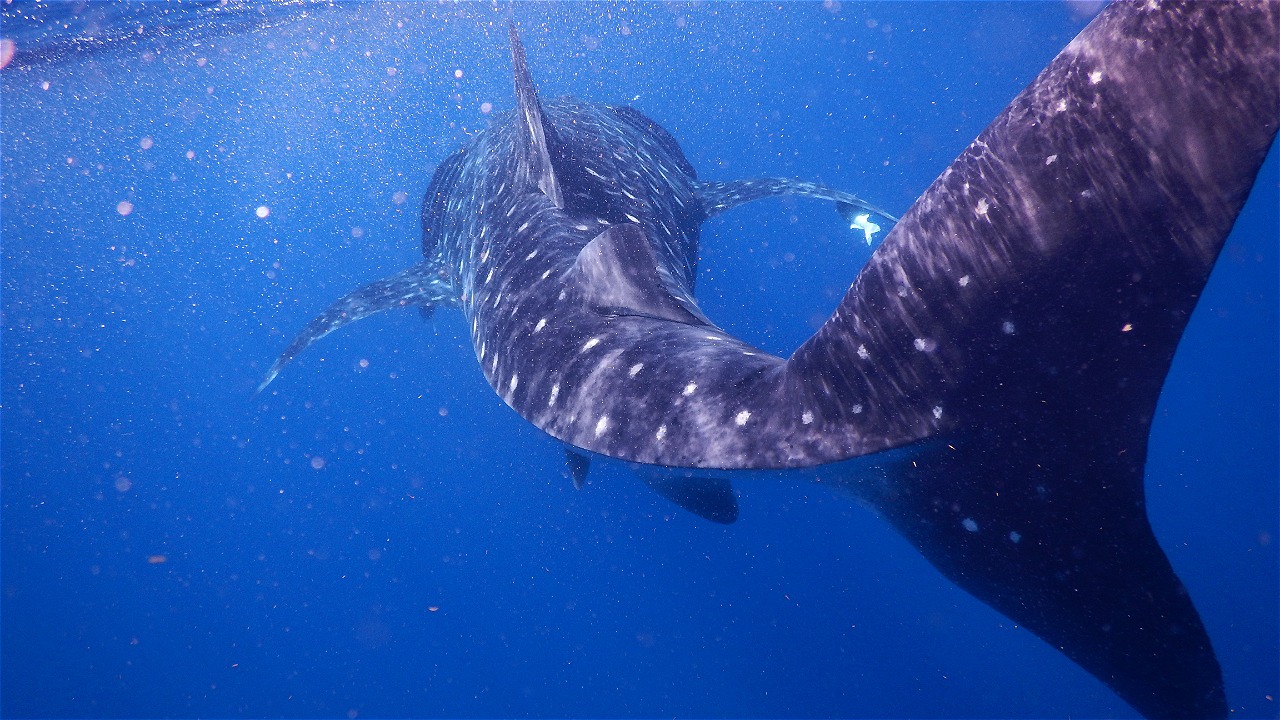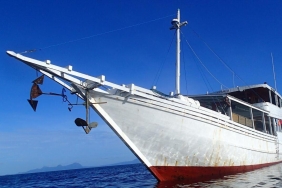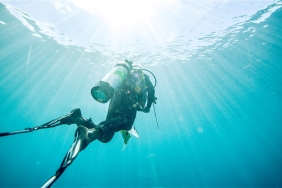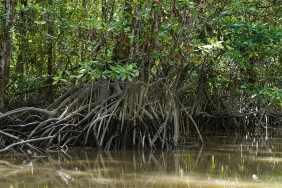STALKING THE GIANT VIA SATELLITE
How do species migrate in the oceans, what are their goals, and where do they go and return? These questions still leave many enigmatic answers for most researchers and academics. The lack of information from research and expensive observation technology are obstacles for researchers to open the veil of mystery. But everything has to start somehow, at least for WWF-Indonesia, studying marine species one of them starts in Cenderawasih Bay, in Kwatisore, the district capital of Nabire Regency, by observing the world's largest remaining fish species with the Latin name Rhincodon typus or known by the local name Gurano Bintang.
The monitoring technology is a device the size of a baby's feeding bottle that is stuck in the fat-containing, cartilaginous dorsal fin so as not to hurt the Gurano. A direct satellite link from the marker is useful to determine the migratory location and depth of the ocean giant's range. The location information that emerges will be very useful for knowing the location of its breeding, feeding routes, which will ultimately form the basis of protection activities in their respective regions and for mitigating migration routes from the threat of trawling and net activities from the fisheries sector.
In 2011, during two installations, in May and November, WWF-Indonesia assisted by Dr. Brent Stewart, Ph.D., J.D., a senior marine researcher from Hubbs-SeaWorld research institute, in the United States, has installed a total of 6 satellites, 2 units are owned by WWF-Indonesia, while the rest belong to Conservation International and individual donors.
This fish, commonly known as the Whale Shark, has become one of the icons in the waters of Cenderawasih Bay, Papua, because it often appears in large numbers with a long duration. Its docile nature attracts the attention of many tourists and researchers, especially foreign tourists. For this reason, WWF-Indonesia and the Cenderawasih Bay National Park Center (BTNTC) initiated the preparation of observation protocols for the public, tourists, and researchers so that the preservation of species included in the red list (protected) of the IUCN law (International Convention for the Protection of Nature / http://www.iucnredlist.org/) can be maintained.
Stakeholders and researchers are currently collecting data, one of which is obtained from the satellite monitoring results, as a basis for establishing Whale Shark protection laws at the national level.
Written by: Aulia Rahman (Arahman@wwf.or.id / Twitter @8AD)
Contact: Marine Conservationist, Creusa Hitipeuw (Chitipeuw@wwf.or.id / twitter @neneruga)
